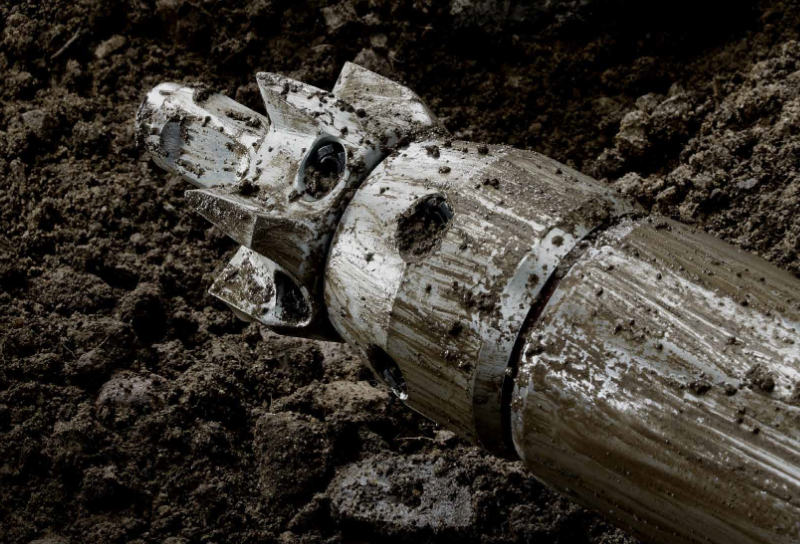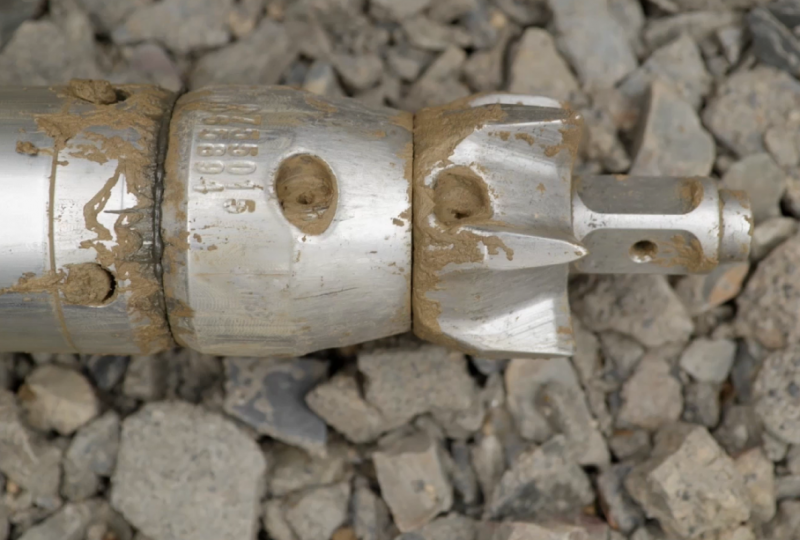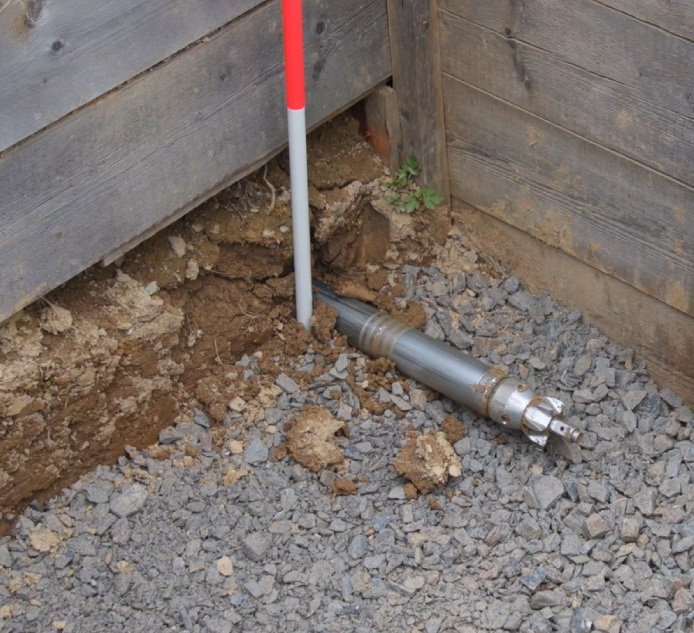FCH Construction offers assistance with locating underground utilities and services prior to excavation, construction, or utility upgrades. Identifying existing infrastructure is a critical step in preventing damage, avoiding costly delays, and ensuring safety on-site.

Moling is a trenchless technology that offers a range of practical, economic, and environmental advantages over traditional open-cut trenching. It is increasingly the preferred method for installing underground utilities in both residential and commercial settings.
Moling requires only small entry and exit pits, eliminating the need for extensive surface excavation. This makes it ideal for projects beneath driveways, roads, gardens, and landscaped areas, significantly preserving the integrity of the surface and reducing the need for costly reinstatement works.
The streamlined nature of Moling results in:
Reduced labour and material costs
Shorter project durations
Lower surface restoration expenses
These factors make Moling a highly economical solution for utility installations, especially in built-up or sensitive areas.

Moling dramatically reduces soil displacement and surface disturbance. This method:
Minimises excavation waste
Reduces carbon emissions from machinery
Lowers impact on local ecosystems and green spaces
As a result, it is a greener alternative aligned with sustainable construction practices.
Suitable for a wide range of underground applications.
Its adaptability to various ground conditions ensures reliability across both urban and rural environments.
When working beneath roads, footpaths, or driveways, Moling enables utility installation with minimal impact on traffic flow. Unlike trenching, which may require road closures and significant traffic management, moling allows for faster, less invasive operations.
Moling is a proven solution where precision, efficiency, and minimal disruption are critical. It aligns with modern utility installation standards, offering benefits for both the installer and the surrounding community.
